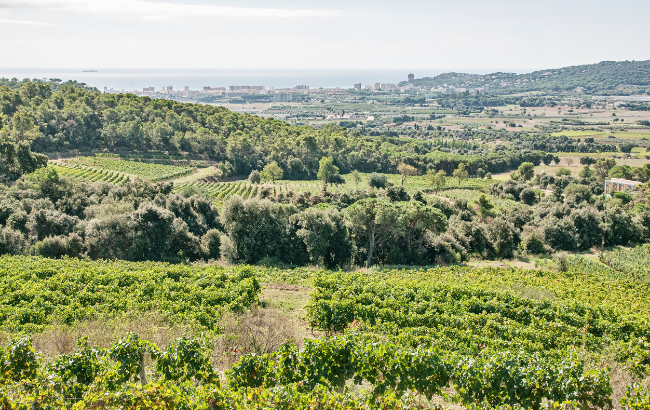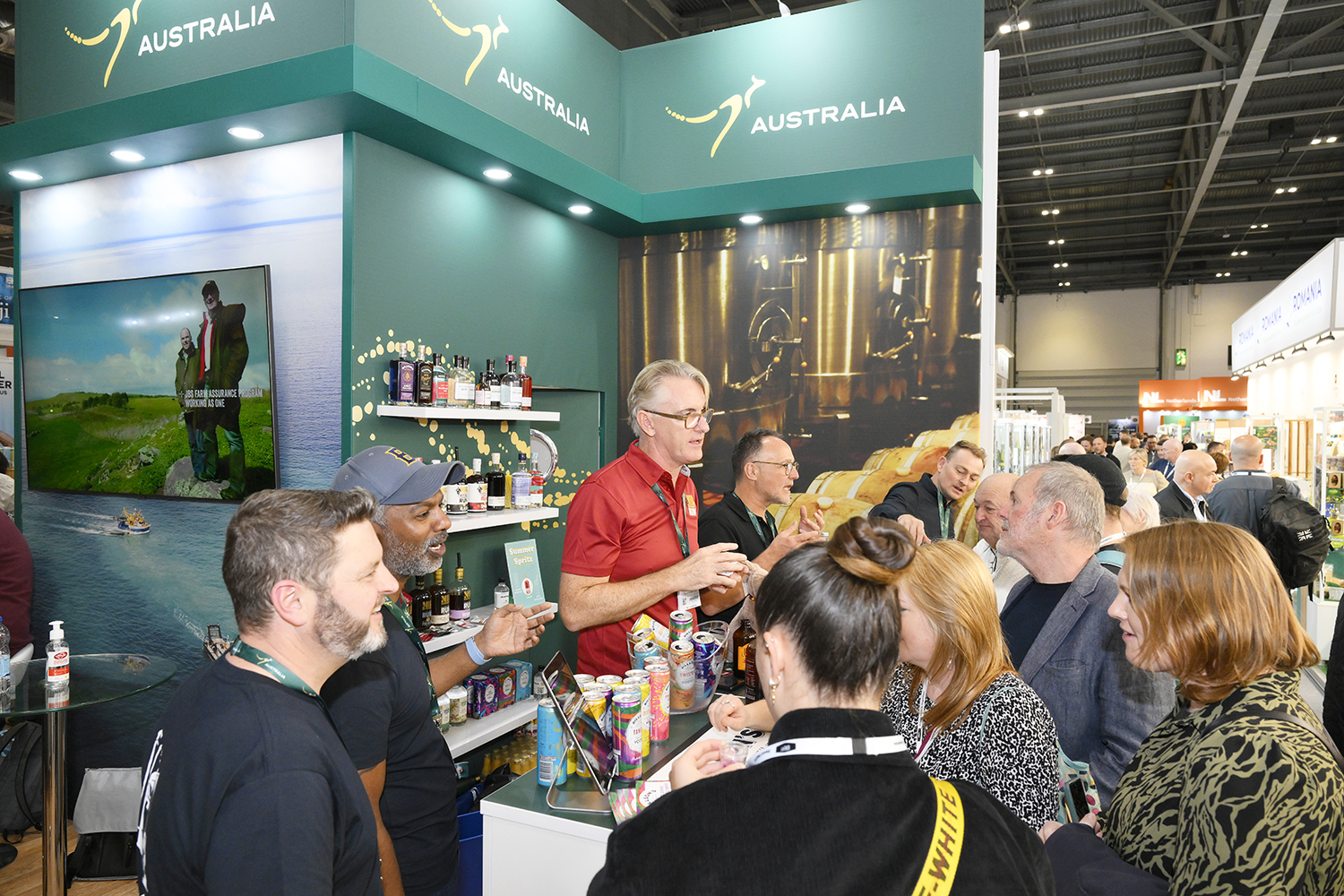Sam Neill: Central Otago is almost at capacity
By Lucy ShawDespite having less than 2,000 hectares under vine compared to over 26,000 in Marlborough, actor-turned-winemaker Sam Neill believes planting in Central Otago is almost at capacity.
Actor Sam Neil, who owns Two Paddocks, believes vine plantings in Central Otago are almost at capacity
Speaking to db at the Central Otago Pinot Noir Celebration in Queenstown, Neill said that most of the best spots for the heartbreak grape have already been snapped up.
“I don’t think Central Otago is going to get much bigger in terms of vines in the ground as Pinot Noir is such a finicky thing and there are only a few more viable spots left in Central Otago for planting. It was apparent 20 years ago that we were going to be producing world-class wines, which has now become an actuality. It has been a gradual evolution, but in a global sense it’s been an extraordinary leap.
“It was a little scary when I planted my first vineyard in 1993, as no one knew what was going to happen. It was a big gamble but it paid off.
Neill’s first vintage of Two Paddocks Pinot was released in 1997, and a second vineyard, the Last Chance, was planted in Alexandra in 1998. In 2000 Neill planted a third vineyard – Red Bank – in Alexandra, and finally a fourth vineyard, the Fusilier in Bannockburn in 2013.
Sam Neill with his beloved pig Angelica
A David to Marlborough’s Goliath, there are 1,884 hectares of vines planted in Central Otago, which accounts for just 5% of all wine produced in New Zealand. Proving how white hot Central Otago is now to investors, earlier this month Mt. Difficulty was sold to US-based Foley Family Wines for NZ$52 million (£27m).
The lion’s share of plantings in the region are Pinot; a grape Neill says has brought him “heartbreak and exhilaration in equal measure”.
“We’re right on the periphery of winemaking here – Central Otago is the southernmost wine region in the world and more subject to the vagaries of weather. I’m mindful of the Old World but the beauty of making Pinot here is that we’re free of constraints and aren’t bound by the severe restrictions that the French are.
“We have four vineyards in extreme locations so we get a lot of variations between the sites. It takes nearly two hours to drive between them, and they give us different results. Vintage variation is part of the dynamics of winemaking and part of the gamble.
“You can be plunged into despair with vintages like 2000, where we made just 120 cases rather than our usual 800 due to the cold, wet weather,” Neill lamented.
Partner Content
On the subject of climate change, he believes Central Otago won’t witness the effects as much as other parts of the country. “I don’t think climate change will affect Central Otago dramatically for a while but other regions in NZ will be submerged one day, which is a terrifying thought,” he said.
Neill on the set of Australian Western, Sweet Country
Speaking more generally about Central Otago as a whole, Neill said the region had come of age, as both the vines and the winemakers had matured.
“Vine age has a great deal to do with the region’s evolution and we’re beginning to see the sub-regional characteristics shine through in the wines. Our oldest vines at Two Paddocks are now 26, so we’re getting more consistency, which we want, as every year brings its own characteristics. After 20 years vines really settle down.
“We’ve had some wonderful vintage in the last 10 years – 2017 will take a little time but will be an extraordinary vintage. It’s enjoyably drinkable now but will age with extraordinary grace and will be very rewarding for those who cellar it,” Neill told db.
While sommeliers and the trade are starting to take an interest in Central Otago’s different sub regions, Neill believes it’s too early to tell that story to consumers.
“I think it’s a bit too early to tell the sub-regional story in Central Otago, but it’s certainly of interest to us here. The main message we want to get out to consumers is about Central Otago Pinot and recognising what that is. I can pick out a Central Otago Pinot from a line-up from a long way off as they’re so vivid and distinctive, like Marlborough Sauvignon Blanc.
“There’s a lot of mica and schist in the soil, and we get very vivid sunshine, which has a big influence on the wines,” he said.
Neill makes less than 100 cases at a time of his single vineyard Pinot Noirs, which sell for £50 a bottle. He believes there is potential for a secondary market for Central Otago Pinot as more and more people start to “sit up and take notice of them”.




